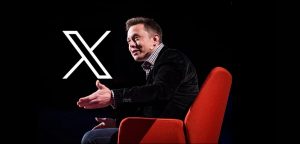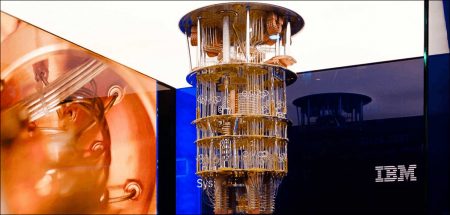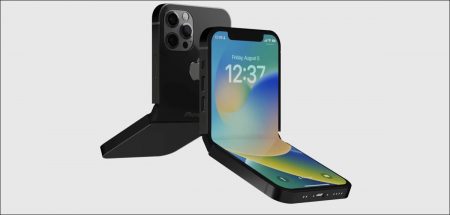Uma Iyer recounts five less remembered figures in the history of technology whose contributions have helped shaped our very lives
Since the dawn of mankind, human beings have been hungry for innovation. A lot of us use these little inventions day in and day out, however, we only know the ‘entrepreneurs’ who made the Forbes list or made a lot of money.
We can immediately recognize names like Steve Jobs, Elon Musk, Mark Zuckerberg, Alan Turing, but there are many others whose contributions though monumental have little recall to a layperson.
Let us take a moment to talk about top 5 almost ‘non-descript’ pioneers and give them their space on the podium!
Sify Technologies – ICT Service Provider
Tony Fadell – The iPod
Long before people carrying boom-box and then reducing to an ‘ugly’ Walkman run on AA battery’s there was Anthony Michael Fadell, a lowly contractor in Apple’s division, he soon rose to the level of Senior Vice President position.
After having a disastrous first job and a series of commercial failures, Tony’s enthusiasm for innovation led him to design and build the iPod. Where we were only about to store 20-30 songs per cassette or 100 songs in a disc.
The iPod gave us the ability to store thousands of songs, well until now, where everything is stored and streamed from the ‘cloud’ of course. He is often referred to as the “Father of iPod”!
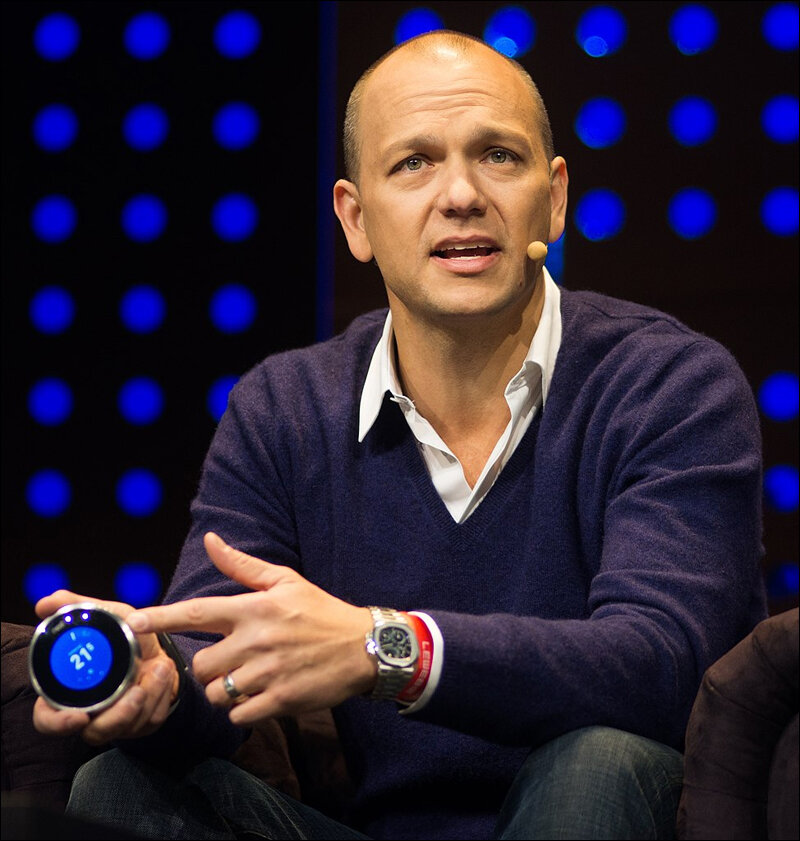
Read more about Tony Fadell here
John Romkey – The Internet of Things
Nikola Tesla once said, “When wireless is perfectly applied, the whole earth will be converted into a huge brain, which in fact it is, all things being particles of a real and rhythmic whole” in 1926.
Everything today is wireless.
From Tim Berners-Lee’s World Wide Web(1989), Hyper Text Markup Language) and the Hyper Text Transfer Protocol (HTTP) – tools which are now indispensable parts of our everyday in 1989 all the way back to Nikola Tesla’s words.
Berners-Lee does not quite count as an unsung hero, however there were many Twitter users who were unfamiliar with this hero when he was a part of the London 2012 Olympics opening ceremony. There was also a lesser known hero who used the creation leaps ahead!
The entire world’s brain is now in the ‘cloud’! The world wide web was created in 1989 by Tim Berners-Lee but John Romkey took it one step further by creating the very first “Internet Device”! It all started with a slice of bread, literally!
A toaster that was switched on and off by TCP/IP connection in 1990 and turned smarter!
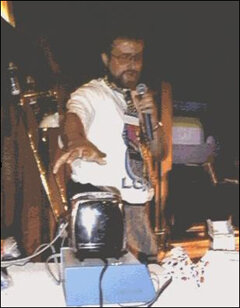
He worked together with his friend Simon Hackett and connected a Sunbeam Deluxe Automatic Radiant Control Toaster to the Internet.
The toaster was connected to the Internet with TCP/IP networking, and controlled with a Simple Networking Management Protocol Management Information Base (SNMP MIB).
A simple invention would pave way to the future of connected devices!
Internet Toaster, John Romkey, Simon Hackett | LivingInternet
Marty Cooper – Mobile Phone
The wireless technology was taken to the common man by a device that looks nothing like the iPhone Pro Max that we use today, however, remains a corner stone of all the devices that we use today.
Star Trek’s Captain Kirk’s communicator served as an inspiration for many a device, however Dick Tracy’s wrist radio served as an inspiration for our featured innovator.
It was developed in Motorola back in the 70s to assert that “It could be something that would represent an individual so you could assign a number, to a person, not a device!”
History of Phones – Future Phonics – Library Guides at Georgia Southern University (libguides.com)
“The Motorola DynaTAC 8000X was the first handheld cellular phone that allowed people to make longer distance calls than just a landline phone. It did not require any lines or cords to be attached to make a call. The first ever cellular phone call was made in 1973, using this phone, by Dr. Martin Cooper.”
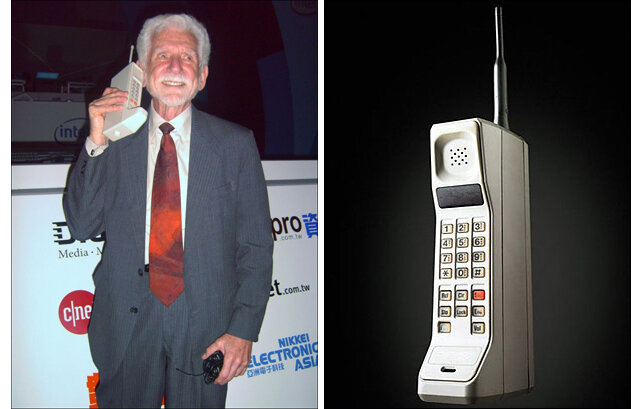
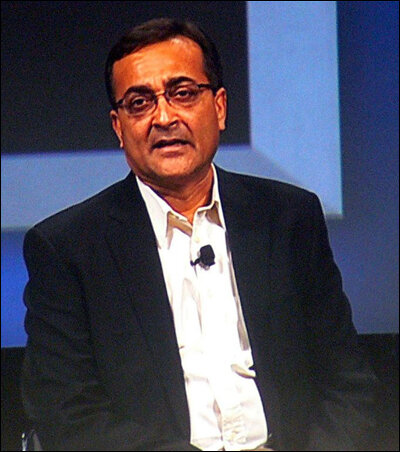
Ajay Bhatt – USB-standard
Then came along a person who helped take data in our palm. Ajay Bhatt, an Indian-American computer architected the USB-standard (Universal Serial Bus), not to be only confused with the device to store data, but almost every computing device uses it in some form or another.
Born in India, Ajay migrated to the US and did his masters in New York, before establishing himself in Intel.
He co-invented the USB and several other standards in graphics. He holds 31 US patents. The Thunderbolt connection that we use today largely has contributions to PCI Express Standard by Ajay Bhatt.
Ajay Bhatt was featured in the July 2010 issue of GQ India, as one of “The 50 Most Influential Global Indians!”
Vinod Khosla – Sun Microsystems
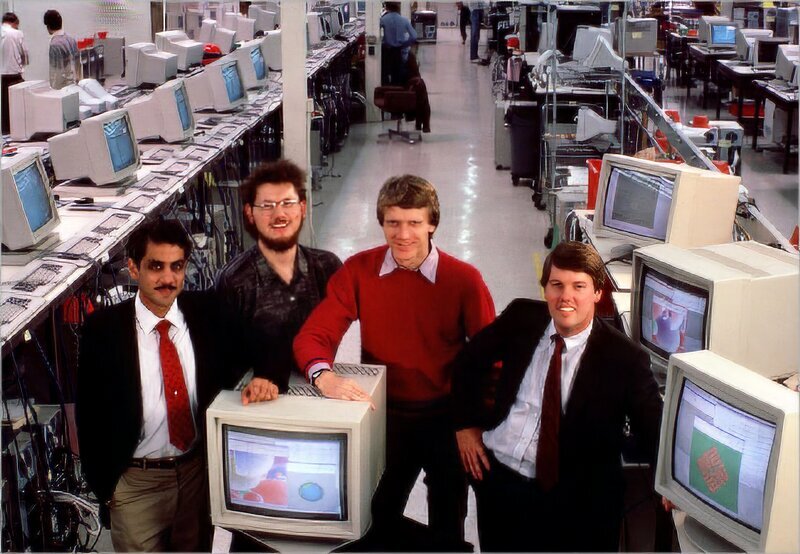
Last but not the least is the one and only Vinod Khosla who was inspired into the technology career at the tender age of 14 by the founding of Intel. An IIT Delhi graduate moved to the US to join the prestigious Carnegie Mellon University and then went on to obtain Masters from Stanford School of Business. He co-founded Sun Microsystems along with his Stanford Alumni Scott McNealy and Andy Bechtolsheim and Bill Joy.
The initial design which became Sun’s first Unix workstation, the Sun-1, was originally designed for the Stanford University Network Communications project as a personal CAD workstation. Interestingly, this system was built from spare parts that they had received from the Department of Computer Science at Stanford and Silicon Valley supply houses.
And word has it that SUN was profitable after the first quarter since its initiation in 1982. By the next year, the company had gained a high reputation for producing Motorola 68000 processor-based systems with high-quality graphics.
They also licensed the computer design to other manufacturers, who then used the same to build Multibus-based systems running Unix from UniSoft. SUN went on to become one of the early companies to launch an IPO in 1986 for Sun Workstations. Later, the company also changed their symbol to JAVA, out of the intention that its Java platform better represented the company’s strategy then.
In 2014, Forbes counted him among the 400 richest people in the United States. In 2021, he was ranked 92nd on the Forbes 400 list.
Sun’s $150 billion market capitalization in 2000 made it the largest Indian-founded corporation at that time. Khosla’s sense of ethics and passion for technology lead him to coach his entrepreneurs. He works in his entrepreneurs’ interests in part by speaking directly and honestly to them out of his love for the companies in which he chooses to invest and his sense of obligation to investors.
Khosla prefers to go to Tech conferences and spending time with engineers as he believes that smart entrepreneurs with great technical ability add more and there is a lot more to learn from.
Conclusion
These stories reinstate that an average engineer is not as mediocre but everyone plays a small part in furthering technology as inventors, consumers or collaborators.
There are many more who do not have a movie credit to their name, but they exist with us in our everyday work or have played a major part to our being. Let us remember the unknown soldiers in this onward march of technology.
In case you missed:
- Analysing Apple’s USB-C shift
- Geriatric Technology: How science makes old age comfortable
- Wearable frenzy – Fit or Fad?
- Virtual Assistants: A little big thing
- Are feeds feeding us?
- Identifying Human vs. AI Output, Hacks to Beat the Test
- Green Technology: What does the future hold?
- Technology to End Sexual Violence
- Cryptocurrency, Blockchain where is it headed?
- Convergence Digital and Real – Is It Good
